We all enjoyed viewing cartoons and animations as kids. Some animated programmes have proven so successful that grownups also enjoy watching them. One of the cartoon programmes that has gained popularity since the debut of its first season is Jonny Quest. Between 1964 and 1965, Hanna-Barbera-Warner Bros.
launched Jonny Quest as a television programme. This cartoon series was the brainchild of cartoonist and comic book artist Doug Wildey. The story of Jonny Quest is told from the perspective of an 11-year-old American boy who goes on amazing adventures with his scientist father.
The Adventures of Jonny Quest, the franchise’s inaugural episode, is where it all started. Two additional television programmes, two motion pictures, and three video games were added to the brand. Jonny Quest’s director Chris McKay has compared it to the Indiana Jones blockbuster Raiders of the Lost Ark. In a Collider interview, McKay revealed his opinions on the Jonny Quest undertaking. He underlined the scope of the narrative and its adaptability to more recent studio blockbusters.
Prior to explaining further, we have a very minor request.
Please subscribe to our channel if you enjoy our work. It may seem like a tiny gesture to you, but it means a lot to us.
What The Cartoon Television Series Is All About
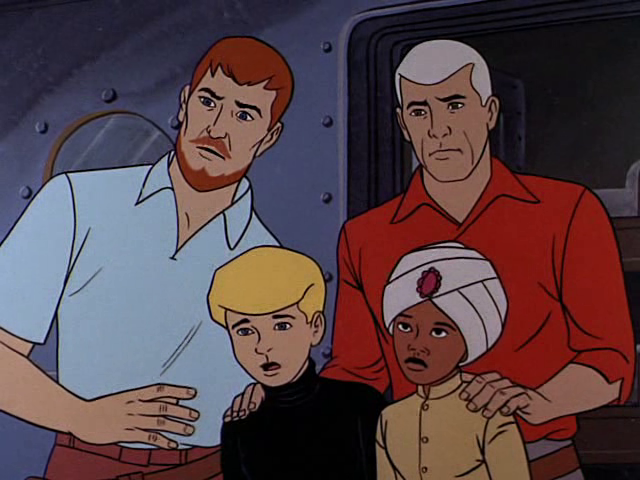
Jonny Quest had more realistic characters and stories than Hanna Barbera’s previous productions since it was influenced by action and adventure radio shows and graphic novels. Jonny Quest was one of many action shows produced by Hanna-Barbera in the years that followed, including Space Ghost, Birdman, The Galaxy trio, and The Herculoids. The program ran on ABC during primetime for one season.
For more than two decades, reruns of the program were broadcast on three of the most important television networks in the United States. There is still a lot to learn about the iconic Jonny Quest cartoon prime-time series, which debuted on ABC on September 18, 1964. It is well-known and has served as inspiration over the years, but there is still much to discover.
A scientist named Dr. Benton Quest traverses the globe investigating strange incidents that the government has given him to look into. He is accompanied by his son Jonny, Jonny’s dog Bandit, and Jonny’s closest friend, Hadji Singh, as well as Roger Bannon, also known as Race, who serves as Jonny’s government-appointed bodyguard. Due to certain evil people trying to use the phenomenon for their own gain, and sometimes even outright global dominion, the chores frequently and quickly evolve into riddles and adventures.
It was usually Jonny and Hadji who unwittingly learned that evil forces were at work in the background during Jonny’s numerous adventures. They frequently pulled practical jokes on the bad guys that kids their age would pull. causing them to trip, deviate from their path while driving, take a wrong turn, or step into booby traps.
The boys occasionally had to defend Dr. Quest and Race from their enemies. And what good is a hero without a foe? Dr. Zin, a malevolent scientist, was primarily responsible for the team’s issues. They would nearly escape each time, but so would Dr. Zin. Despite having just 26 episodes, the series is still in syndication today.
It paved the way for many cartoons to come, including all of the HB superhero animations such as Blue Falcon, Space Ghost, the Herculoids and Birdman and arguably led to HB producing versions of “real” action heroes, such as the Justice League of America, known as The Super-Friends in the Hanna-Barbera world. Hanna Barbera produced new segments of Jonny Quest’s show in 1986.
The graphics were a little simpler, but the essence remained. In syndication, they mixed these broadcasts with the usual Jonny Quest episodes. Subsequently, a few Television movies were made that revealed some key history, such as what happened to Jonny’s mother, as well as some shocks, such as Race having a child he’s never met, Jessie. The Real Adventures of Jonny Quest broadcast 52 episodes in 1996 and 1997. Everything in the program has been modified for the present period, along with a VR environment dubbed “Quest World.” For years, there have been pauses and turns on a live-action Jonny Quest film.
Jonny Quest needed a second season, but Bill Hanna said no. In the mid-1980s, developer Doug Wildey proposed to Joe Barbera a new edition of Jonny Quest dubbed Young Dr. Quest, which would feature Jonny as a twenty-two-year-old who has graduated from the Massachusetts Institute of Technology and would have escapades with an older Race, Bannon and Hadji. Barbera was not interested.
Producer Joe Barbera commissioned Wildey to undertake some conceptual design on a series based on the old popular radio program Jack Armstrong but adapted for the modern era. The plan was to include a young adolescent protagonist in fast-paced escapades and mysteries. It was felt that original production, instead of licensed material, would be more cost-effective and provide for greater studio control.
Wildey relied on his knowledge of classic films, such as those starring Jackie Cooper and Frankie Darrow, as well as Milt Caniff’s newspaper comic strip Terry and the Pirates. Barbera was a fan of the James Bond film Dr. No (1962), which inspired the primary villain, Dr. Zin, as well as the show’s overall pseudo-spy tone. Paul Power, the artist of the show, has numerous talents, one of which is that he is a cartoonist. In 1973, he was coached by Alex Toth while working on H-B’s Superfriends in Sydney, Australia.
Main Characters of the cartoon series
Jonathan “Johnny” Quest
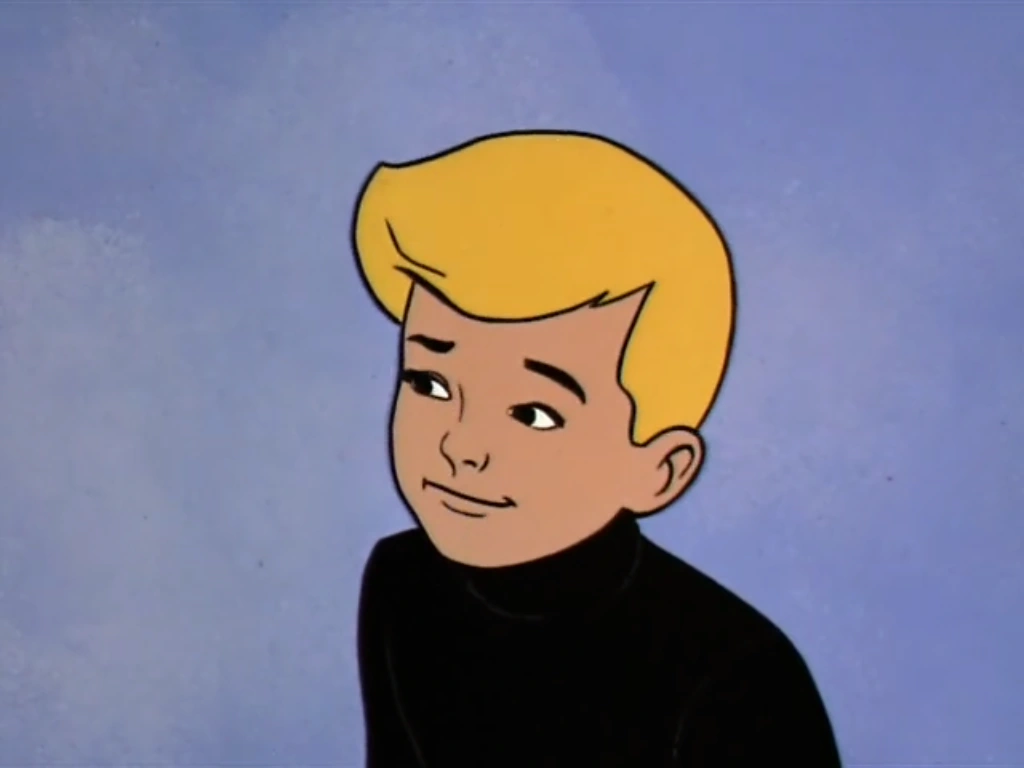
Jonny is a young, eleven-year-old American child, who lost his mom when he was a small boy. Though he is not particularly interested in formal education, he is daring and athletic in general, having skills in Scuba diving, judo and gun handling. He accepts responsibilities gladly, focusing on his academics and handling adults with dignity. Tim Matheson was the actor who voiced this iconic character.
Dr. Benton Quest
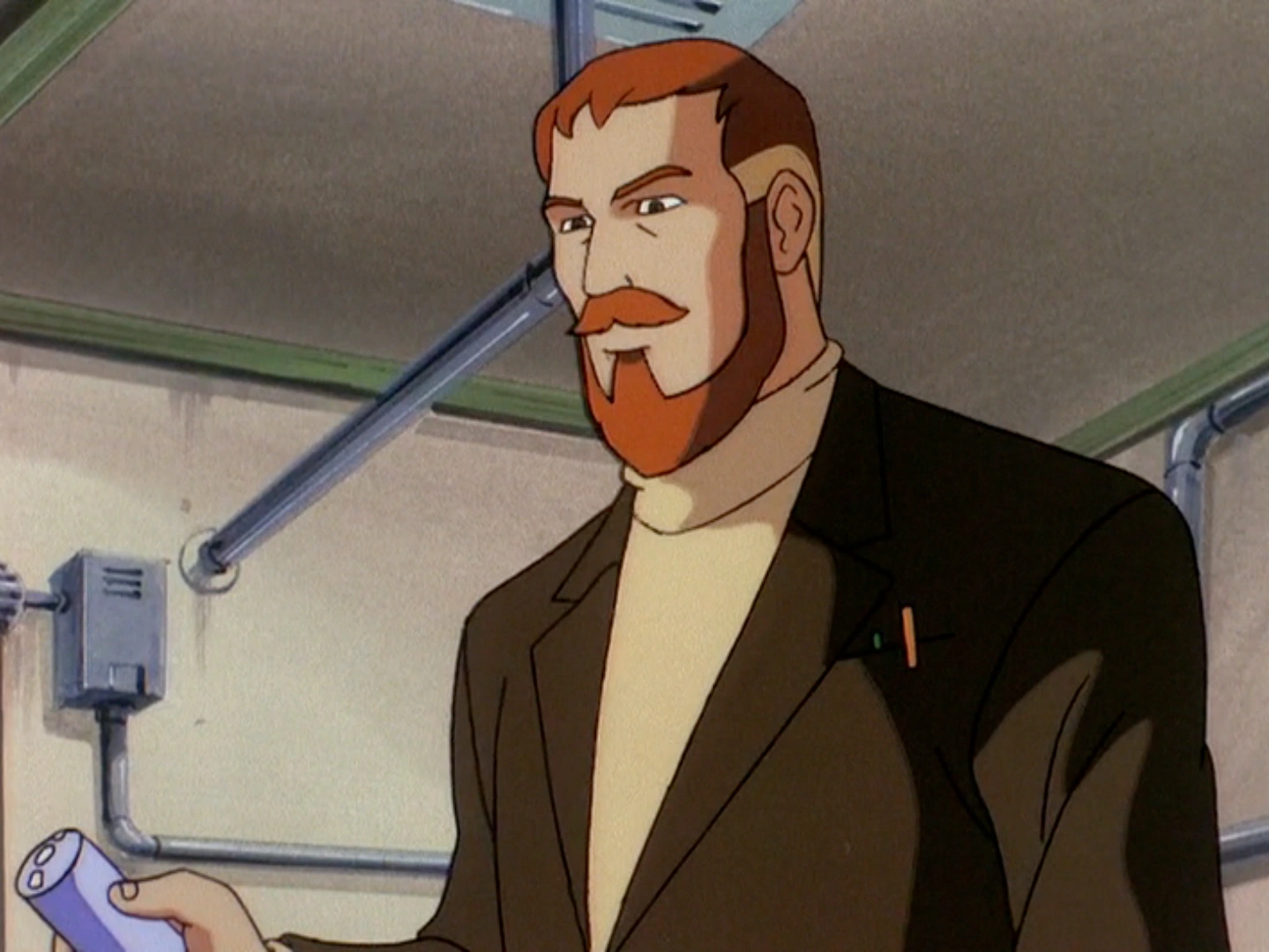
Dr. Quest is Jonny’s dad and a scientist, who works for the US government. He is regarded as “one of the top three scientists around the world” with interest and technical expertise in a variety of subjects. As a single father raising Jonny and Hadji, he is diligent and loving, yet ready and willing to take aggressive radical action when essential for survival or protection. Benton Quest was voiced for five episodes by John Stephenson and the rest of the series by Don Messick.
Roger T. Bannon or “Race”
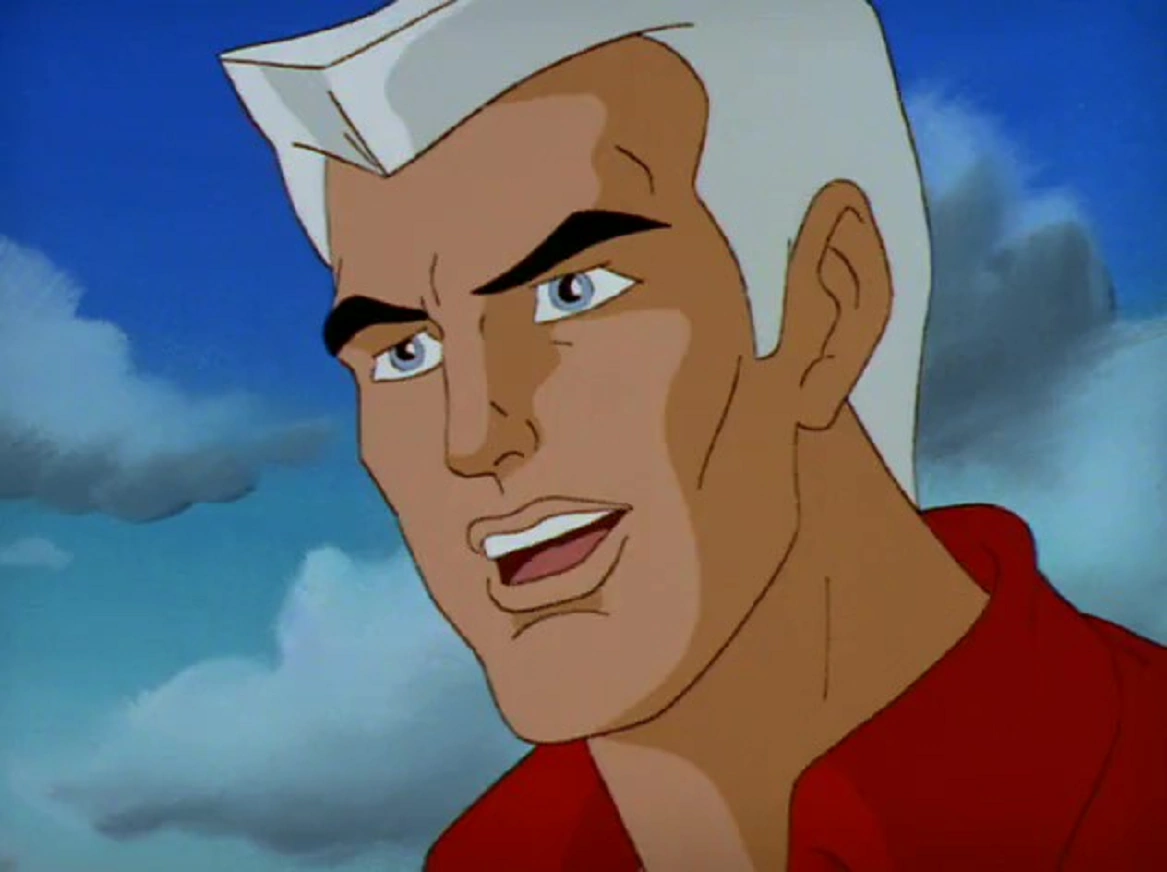
Race is an Intelligence One special agent plus bodyguard plus pilot. Fears that Jonny would “slip into the wrong hands” led to Bannon’s assignment to protect and teach him. The race was born to Sarah and John Bannon in Wilmette, Illinois. He is a judo master with a 3rd-degree black belt and the capacity to defeat notable practitioners in many martial arts, particularly sumo wrestlers. Mike Road provided the character’s voice, while his design was based on the famous actor Jeff Chandler. Stretch Bannon and Race Dunhill from a previous Doug Wildey cartoon strip inspired the name. The last name Bannon is derived from the Irish word ‘O’Banain,’ which means “white.”
Hadji Singh
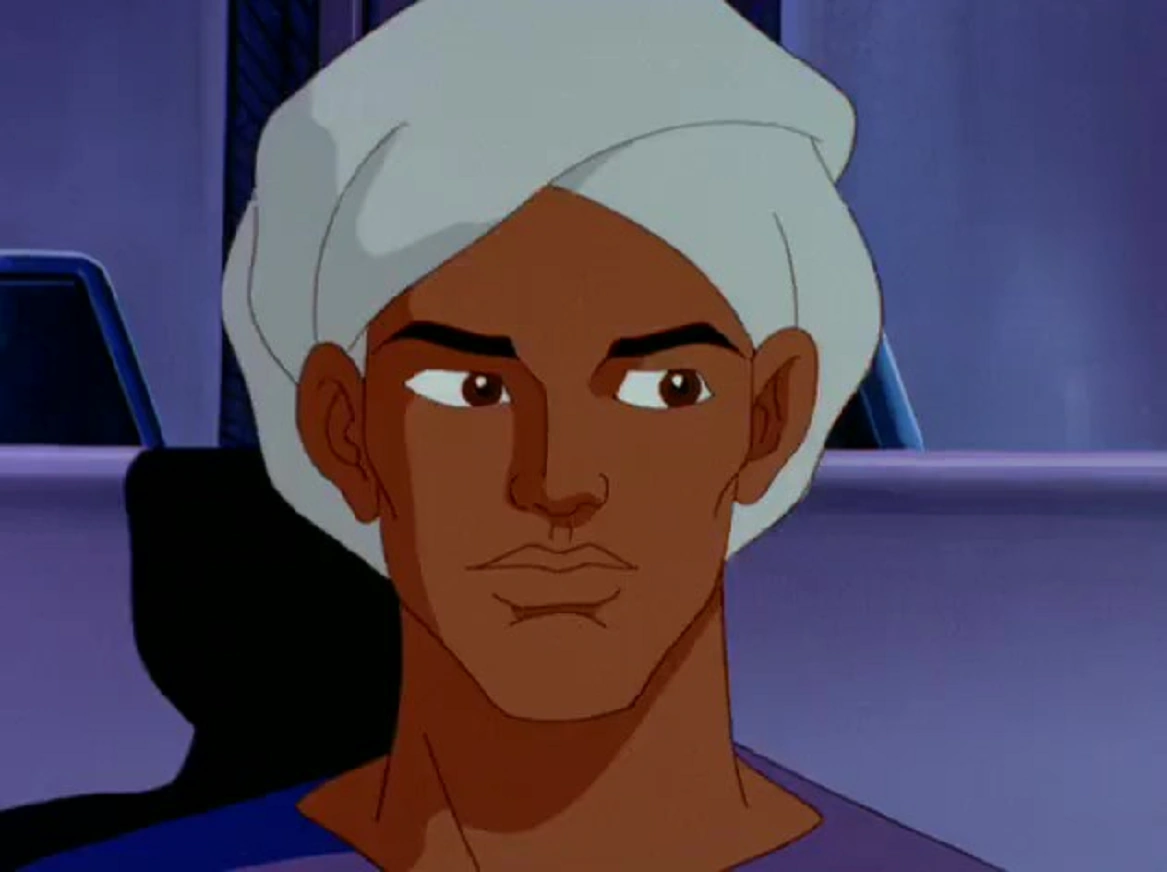
Hadji is a streetwise eleven-year-old Calcutta orphan who becomes Dr. Benton Quest’s adoptive son and Jonny’s best friend. He is skilled in judo, which he learned from an American Marine, and is rarely shown without his bedazzled turban and Nehru jacket. Hadji, the 7th son of a 7th son, appears to have supernatural skills such as snake charming, the ability to levitate, magical powers and hypnotism, which might or might not be due to parlor tricks.
Dr. Quest meets Hadji while giving lectures at Calcutta University, where Hadji saves Dr. Quest’s life by deflecting a thrown dagger aimed at the professor with a basket lid and is later adopted into the Quest family. Though a little more reserved than Jonny, Hadji can always be convinced into joining his adoptive brother in almost any excursion. Danny Bravo provides his voice. Hadji is revealed to be an Indian royal in the spinoff series The Real Adventures of Jonny Quest, and is given the surname Singh.
Bandit
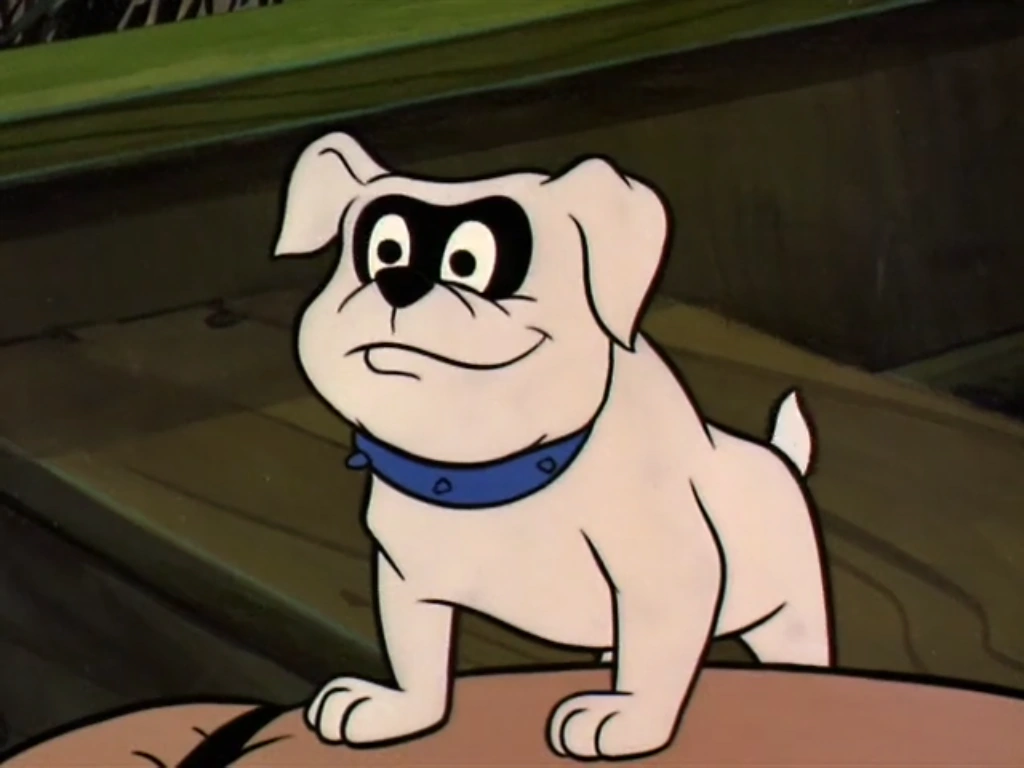
Jonny’s pet is a little white dog named Bandit. He was given this moniker because a black, mask-like strip surrounds his eyes. This coloring is used to help foil opponents on occasion. Though unable to talk, he appears to comprehend human speech and is competent at making intricate facial expressions, similar to other Hanna-Barbera cartoon canines. Don Messick created the voice effects for Bandit, which were blended with an old tape of a real dog barking.
Developer of the series, Doug Wildey, wanted a monkey to be Jonny’s pet originally, but Hanna-Barbera vetoed him. Bandit was also planned to be a bulldog, according to Wildey. Bandit, on the other hand, does not adhere to any specific breed. His tail is far too long for just any bulldog breed. Unless he stays a puppy all through the series, he is too little to be an English Bulldog. Because his ears are floppy, he does not meet the breed criteria for a French Bulldog. He matches a pug in many respects, with the exception that pugs have an unique bent tail.
There are 3 cartoons in the Johnny Quest cartoon franchise
Jonny Quest (1964)
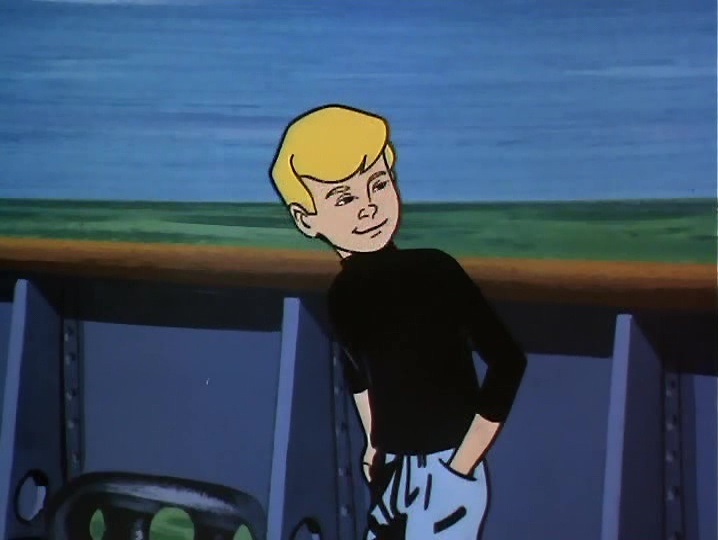
Jonny Quest, sometimes known by the name The Adventures of Jonny Quest, is a one-season animated American science fiction action and adventure TV show produced by Hanna-Barbera that aired on ABC from 1964 to 1965. It was resurrected in syndication for a brief thirteen-episode run in 1986. It’s about a child who goes on remarkable adventures with his scientist father. Doug Wildey, a comic book artist, conceived and designed it.
After 20 years of repetitions, during which time the series aired on all three main U.S. television networks, new episodes of The New Adventures of Jonny Quest were released for broadcast in 1986 as part of Hanna-Barbera’s second season of The Funtastic World. In the 1990s, two television films, a graphic novel series, and a new revival series, named The Real Adventures of Jonny Quest, were developed. Characters from the show also feature in The Venture Bros.
It’s easy to overlook how inventive Jonny Quest was. There were only three prior animated prime-time series in 1964: Hanna-Barbera’s The Flintstones, The Jetsons and Top Cat. Those first three programs were designed to make people laugh by sharing funny stories with typically cartoonish artwork. The Adventures of Jonny Quest were a very different story. Jonny was the first to bring genuine adventure to prime-time animation. In fact, being the “first” and the “best” are not always synonymous. However, in this situation, it is true. But, despite its place in history, we are delighted to announce that Jonny Quest remains a terrific series all these years down the line.
The illustrator Doug Wildey is widely credited with creating Jonny Quest. Wildey was a fantastic artist with a vivid imagination and a sizable library of Popular Mechanics periodicals from which to find inspiration. When the show debuted on ABC one evening in September 1964, it was a reasonably realistic show with danger, science and intrigue.
The appearance of the program was strongly influenced by Wildey’s designs, who was immensely influenced by Milt Caniff, author of the cartoon series Terry And The Pirates. Jonny Quest used dramatic lighting and strong blacks among the characters and backdrops, as well as accurately proportionate humans, unlike other animations of the period. Jonny, the son of researcher Dr Benton Quest, who engaged in freelancing projects for the US government, was the subject.
Dr. Quest was a major asset to the administration, but Quest’s family was viewed as a problem since they were defenseless. Jonny was appointed a tutor and bodyguard when Mrs. Quest died. Roger C. “Race” Bannon, who had previously had a rather exciting past as a federal operative, was the guy who filled that post.
The event was not all heavy stuff, with a few moments of levity including Jonny’s bulldog, Bandit. Jonny had a sort of adopted brother in the form of an Indian boy named Hadji, who possessed mystic skills. This was one modest concession to the fantastical in a series that otherwise attempted to disprove paranormal events. The Quest team was based on Palm Key Island, off of the coast of Florida. The Quest crew was usually sent out on scientific missions, had to avoid thieves intent on acquiring secret discoveries and encountered strange hazards or paranormal events.
Jonny Quest was remarkable for its degree of violence since it debuted before tighter network self-censorship. Villains are frequently killed, and nobody seems to mind. Even the boys are not immune to punishment. The intense tone of this program, which is intended to be about a boy protagonist, is made more bearable by the premise that Dr. Quest is the protagonist in many respects.
The story mainly focuses on him, and the kids frequently blend into the background as Dr. Quest and Race do business. Jonny Quest originally aired for one year before being canceled due to expense overruns. Despite its success, the show’s hefty budget prevented it from continuing.
Jonny Quest cost roughly 40% more to create than previous Hanna-Barbera series, dooming it to what appeared to be a short but brilliant existence. Fortunately, the program maintained its appeal and reached new generations of fans by airing on mornings on Saturday on CBS in 1967 and NBC in 1978. It was also syndicated, and in the 1980s, it was included in the Funtastic World Of Hanna-Barbera block.
The New Adventures of Jonny Quest (1986)
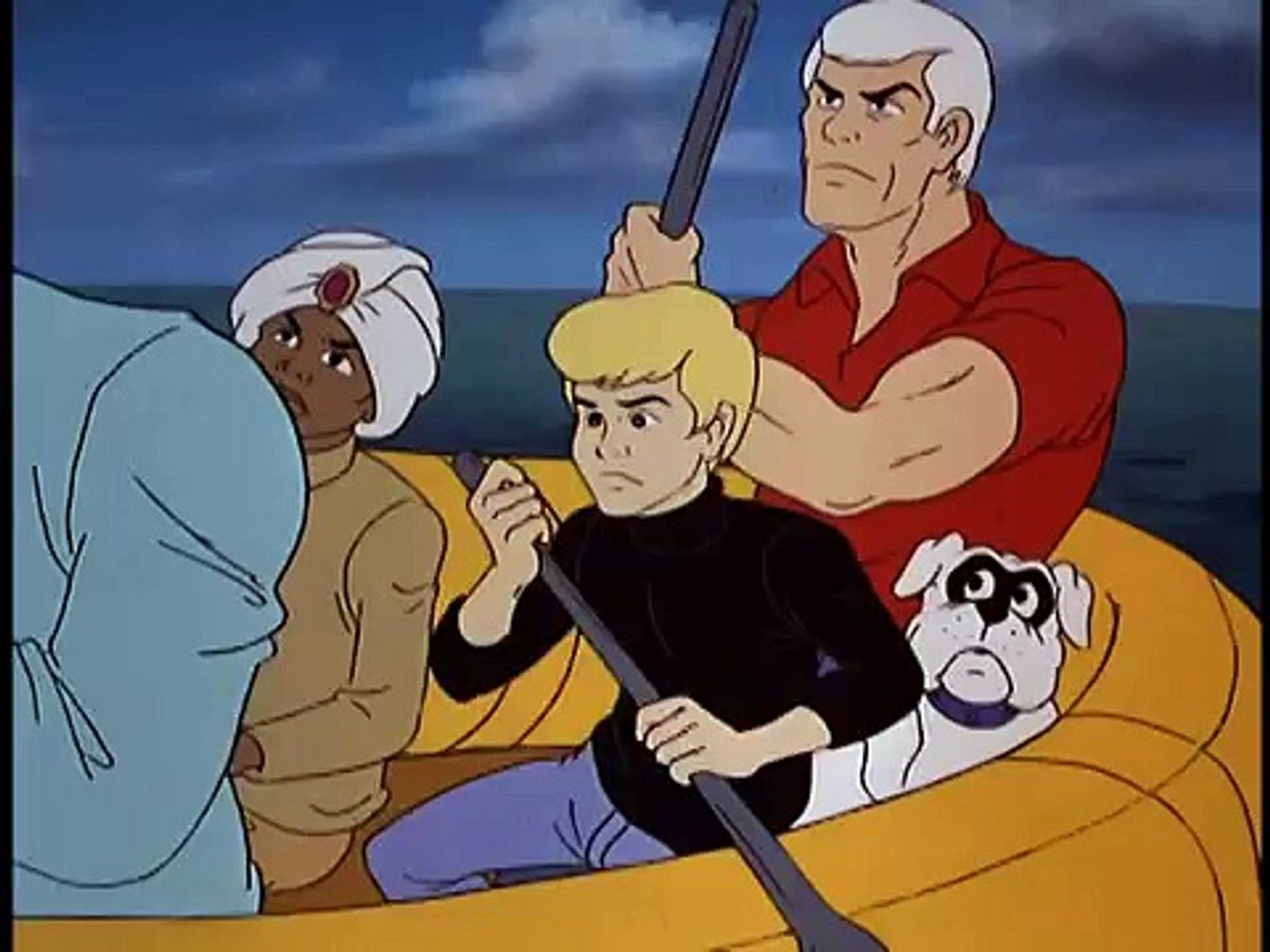
More than two decades after the conclusion of his initial 26-episode series, the youthful explorer and his buddies returned in 1986 as a portion of the syndication “The Funtastic World of Hanna-Barbera” program for thirteen more journeys into the fascinating and unknown. Jonny, his researcher father, guard Race Bannon, Indian companion Hadji, and comic relief family dog Bandit explore the world, solve bizarre cases, and combat a slew of villains including their old archenemy Dr. Zin. Whereas the new series lacks the creepy danger that pervaded the 1960s stories, the toned-down adventures are entertaining enough to keep children interested.
New Adventures appears to be more like a conventional cartoon program, with easier-to-animate graphics and less focus on the old show’s “comic strip” style. The newest storylines also had a stronger fantasy bent, incorporating more overt science fiction elements including things like time travel and adding a rock man named “Hardrock” to the group. Fans of the series knew it wouldn’t be the same, but it was still exciting to watch fresh adventures.
The Real Adventures of Jonny Quest (1996)
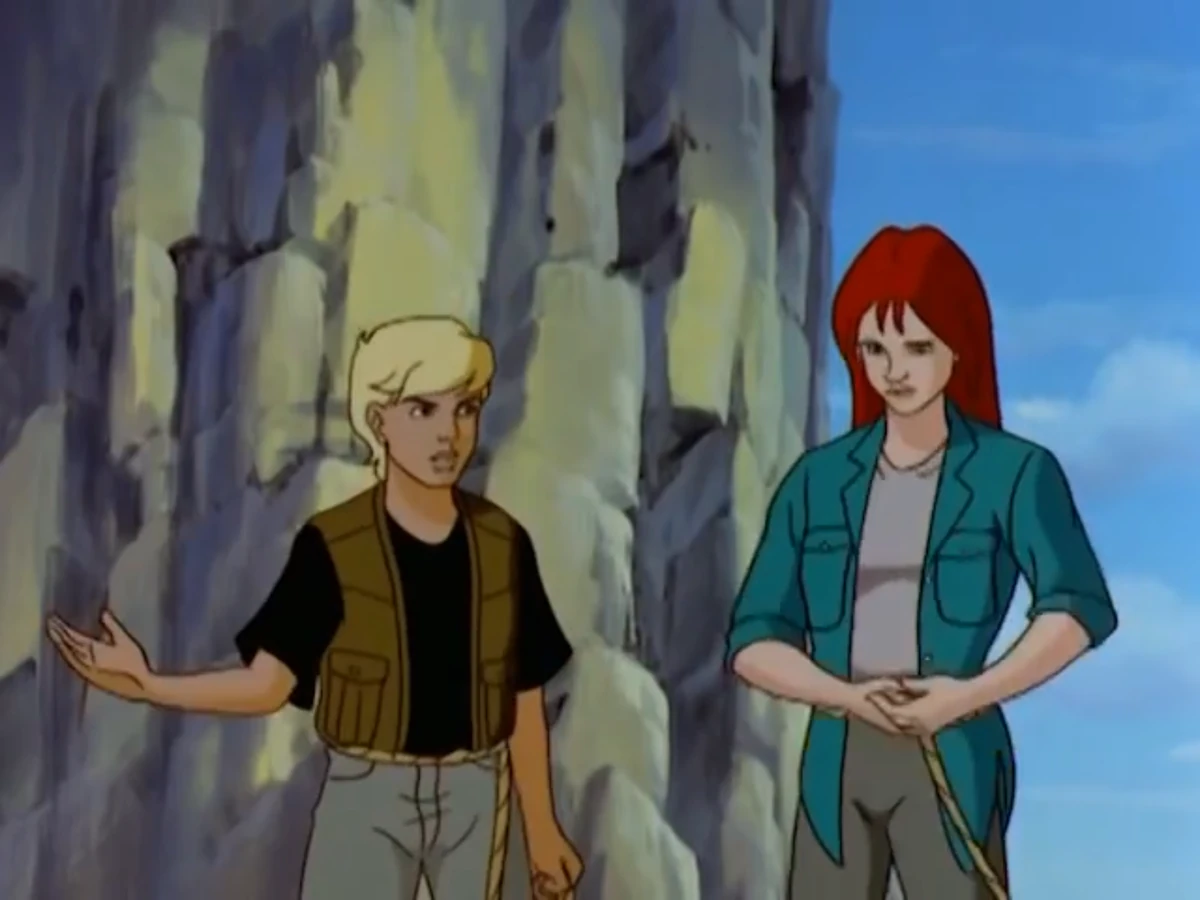
The Real Adventures of Jonny Quest, also known popularly as Jonny Quest: The Real Adventures, is a Cartoon Network animated television series that aired from August 26, 1996, until April 16, 1997. It spotlights teenage explorers Jonny Quest, Jessie Bannon, and Hadji Singh as they support Dr. Benton Quest and Race Bannon, the bodyguard, to investigate bizarre phenomena, legends, and mysteries in faraway locations.
It is a continuation of the Jonny Quest 1964 and The New Adventures of Jonny Quest 1986 series. The action is also taking place in QuestWorld, a three-dimensional cyberworld portrayed with computer animation. Real Adventures, which was developed in the early 90s, had a long and turbulent development. This version adds Race’s adolescent daughter named Jessie to the characters, aged Hadji and Jonny a few years and making them hunkier, and combines CGI with conventional animation. It even featured a virtual reality environment where the youngsters frequently went.
The program has its detractors, which is exacerbated by the reality that there are two editions of the show. While Season One was animated by multiple separate companies, however, Season Two was animated by a single company. Each season features a separate set of character models and voice performers. While the series was advertised as a sequel or continuation to the initial 1960’s series, despite the fact that the group was only a few years older, it made several significant modifications to the established canon.
Hadji, in particular, is now two years senior to Jonny, has more subtle magical powers considerably, and works as Dr. Quest’s assistant. The series mostly disregards earlier versions of the series, such as the 1980s series, although it borrows parts from the two TV features, such as reconstructing Jessie’s character. The Quest team embarks on a series of new findings and adventures against three formidable opponents: the wicked researcher Dr. Jeremiah Surd, furious former federal agent Ezekiel Rage, and Dr. Quest’s cunning arch-rival Dr. Zin.
In 1996, Hanna-Barbera fired creator Peter Lawrence and brought in new producers to complete the project. Lawrence’s work was finished by Cosmo Anzilotti and John Eng, while Davis Doi, David Lipman, and Larry Houston authored new episodes with updated character designs reminiscent of the original Quest. Each team was responsible for half of the program’s fifty-two episodes.
Later writers employed science fiction and supernatural storylines, but Lawrence’s team used real-world mystery and investigation. Turner backed the show with a large marketing effort including thirty-three licensees. Real Adventures launched on Cartoon Network, TNT and TBS in an unprecedented broad release, running twenty-one times each week. Critics have disputed the show’s animation, script, and spirit in comparison to original Quest, although it has also garnered acclaim in those categories.
Real Adventures was canceled after fifty-two episodes due to low ratings within its target markets and poor product performance. Warner Home Video and Turner Home Entertainment have issued Two laserdiscs, eight VHS tapes and twenty-six DVD episodes, with repeats airing on Toonami, CNX, and other Turner networks. In 2013, the iTunes Store made all 52 episodes available for digital purchase.
Thanks to the efforts of art director Takashi Masunaga, the primary figure resembles the old Jonny Quest. The CGI and digital painting undoubtedly added to the visual appeal. Lawrence studied genuine phenomena such as the “Airstrips of Nazca, the likely presence of Giant Squid, or the Ruins of Teotihuacan” with the hopes of making this an X-Files for youngsters.
Two telefilms, Jonny’s Golden Quest and Jonny Quest vs. the Cyber Insects
Jonny’s Golden Quest
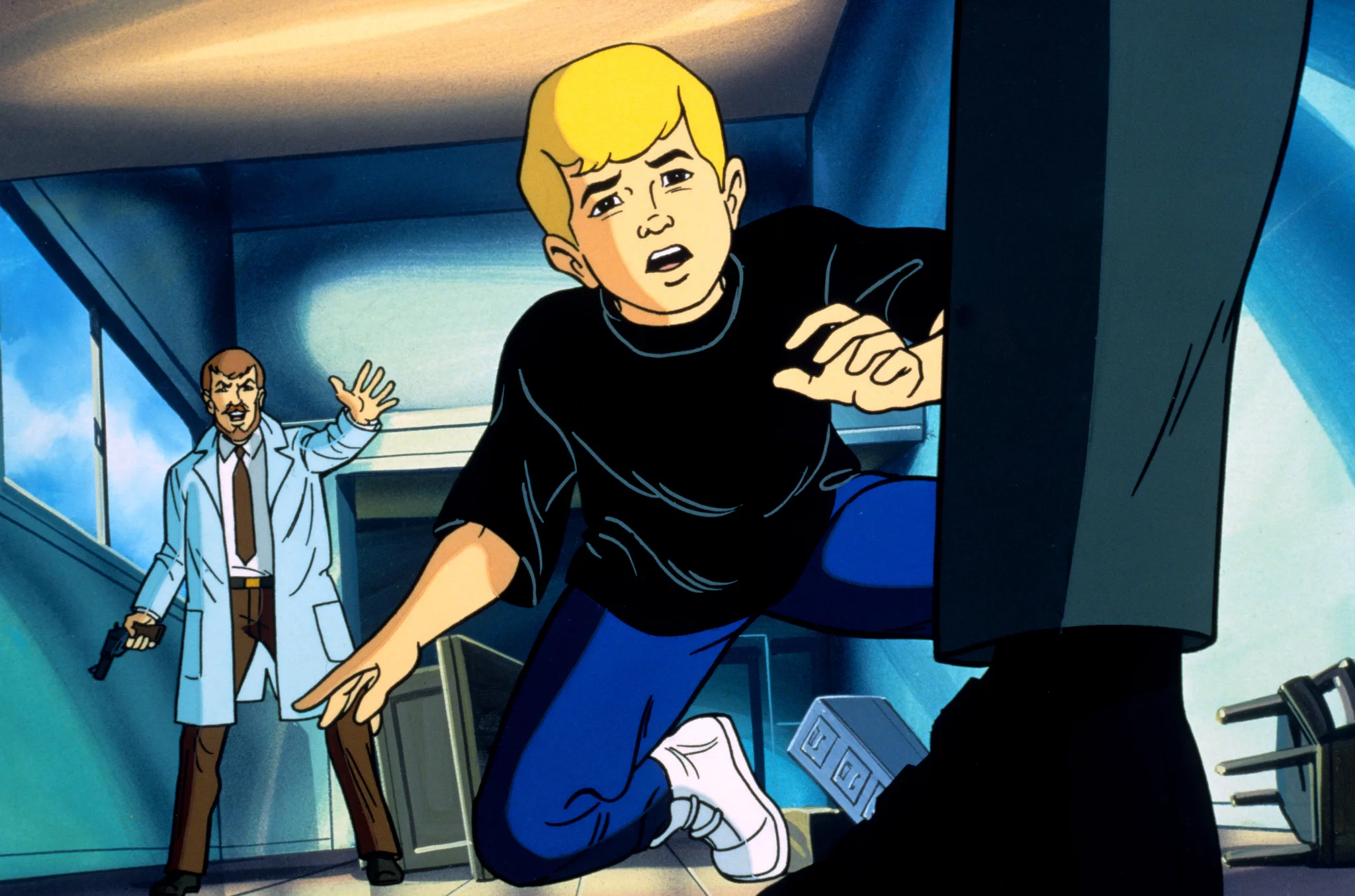
Jonny’s Golden Quest is a 1993 animated telefilm starring Jonny Quest. It takes place after and refers to the two previous Jonny Quest series. Jonny’s Golden Quest takes place in the 1980s and has flashbacks of Jonny’s mother. This is also when Jessie first appears. It is an animation made for the television movie made by Hanna-Barbera that first broadcast on the USA Network on the 4th of April in 1993.
It is a sequel to the 1964-1965 cartoon series Jonny Quest and its 1986 reboot The New Adventures of Jonny Quest from the segment The Funtastic World of Hanna-Barbera. Don Messick reprises his role as Dr. Benton Quest with Granville Van Dusen playing the role of Race Bannon, and also Rob Paulsen voicing Hadji from the series in 1986 in Jonny’s Golden Quest.
Will Nipper plays Jonny Quest, Anndi McAfee plays Jessie, JoBeth Williams plays Jade Kenyon and Jeffrey Tambor plays Dr. Zin. The primary storyline of Jonny’s Golden Quest is based on the episode “Deadly Junket” from The New Adventures of Jonny Quest.
In that segment, a little girl enters and requests assistance from the Quest party in locating her missing dad, a scientist abducted by Dr. Zin. Jonny and his buddies team up with the girl to find her missing dad in a Mayan community. In this episode, the girl in question, Jessie, is eventually discovered to have been dishonest about her background, and her parents are Race and Jade, Race’s love interest from two segments of the original series.
Jonny Quest vs. The Cyber Insects
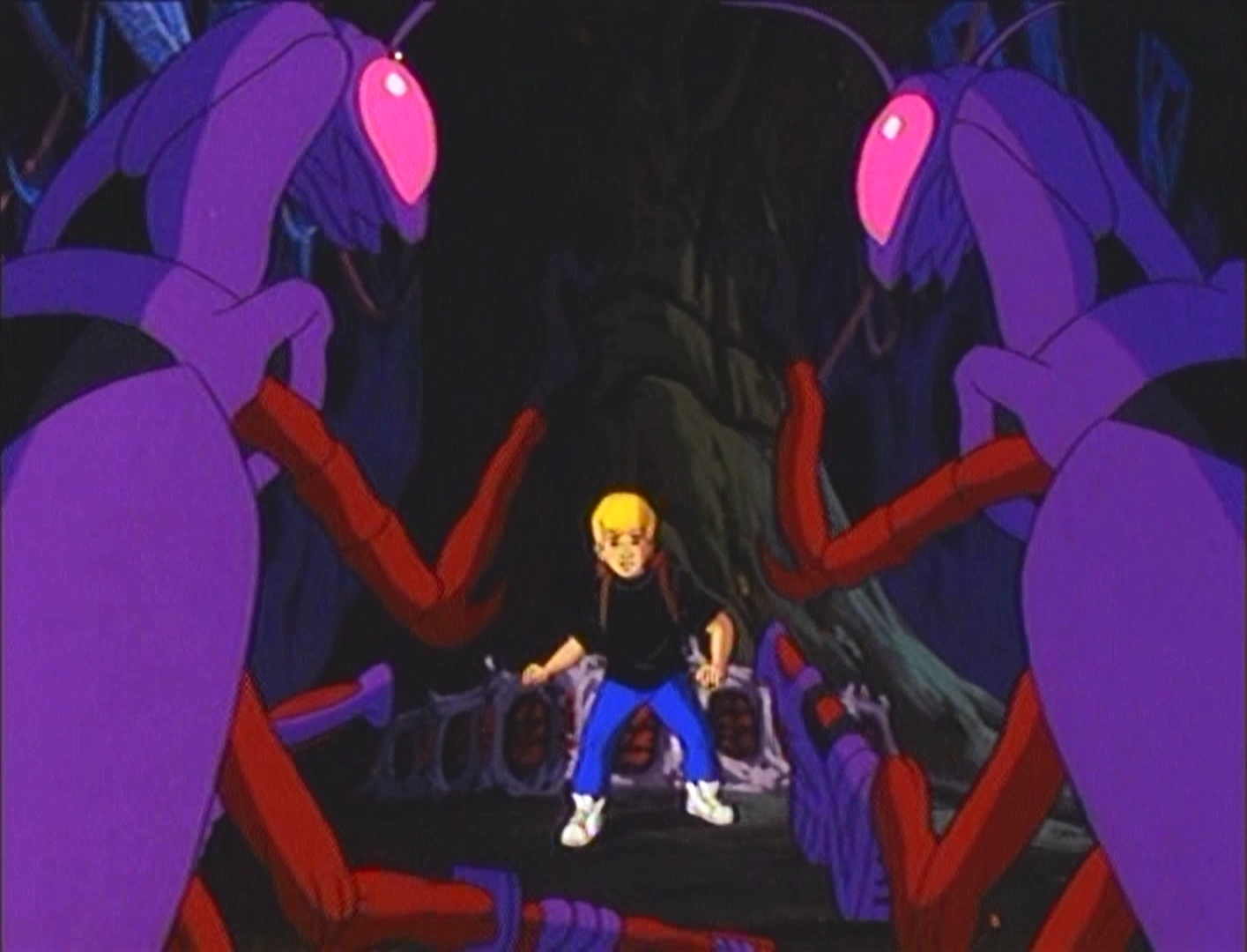
Jonny Quest vs The Cyber Insects also popularly known by the name Jonny’s Global Impact is a Hanna-Barbera animated television film. It debuted on TNT on November 19, 1995, and was the final installment of the legendary Jonny Quest franchise.
The film was created as a component of a “Year of Jonny Quest” as a follow-up of the program The New Adventures of Jonny Quest, with the same performers voicing Dr. Quest and Race Bannon. This role was Don Messick’s final appearance as Dr. Quest within the Jonny Quest franchise. Tim Matheson, Jonny’s primary voice actor, reprised his role as 4-DAC. The storyline had “scary cyberbugs, techno-speak, and computer-assisted data battles, all set against good old-fashioned theatrical evil” with a screenplay by J. Larry Carroll and David Bennett Carren.
In addition to the existing cast, this storyline introduces Race’s child Jessie Bannon, who was first seen in Jonny’s Golden Quest in 1993, and is voiced by Anndi McAfee once more. According to the Atlanta Journal-Constitution, Jessie is, to quote a critic, no icky girl…Not only does she rescue Jonny when alarmingly big fire ants strike, but she also teaches him patience. She is a true badass female character.
A test viewing of Cyber Insects with 30 to 35-year-old adult males indicated that, while some questioned her inclusion, most realized that like the classic series, the update is a mirror of its times. The film’s speed and the “overwrought emotional mood” generated by the potential extinction of civilization were critiqued by The Hollywood Reporter’s critic, who praised several brilliant moments of banter in the teleplay.
Jeffrey Tambor and Héctor Elizondo stole the show with “signature style” in voice talent, according to the critic, while animation heads Ron Myrick and Marlene May “brilliantly built two visually compelling universes” with “excellent” animation. The film is named in honor of Doug Wildey, the developer of Jonny Quest, who passed away in 1994, one year after Jonny’s Golden Quest premiered on the USA Network. This film spanned the gap between both the original and also the Real versions, and it was billed as Jonny Quest’s final performance.
In the film, a bizarre weather phenomena occurs all across the planet. Jonny discovers that it is from space, and he employs his spaceship to prevent Dr.cybernetic Zin’s insects from ruining the Earth.
Cartoon Casts
Quinton Flynn voicing Jonny Quest
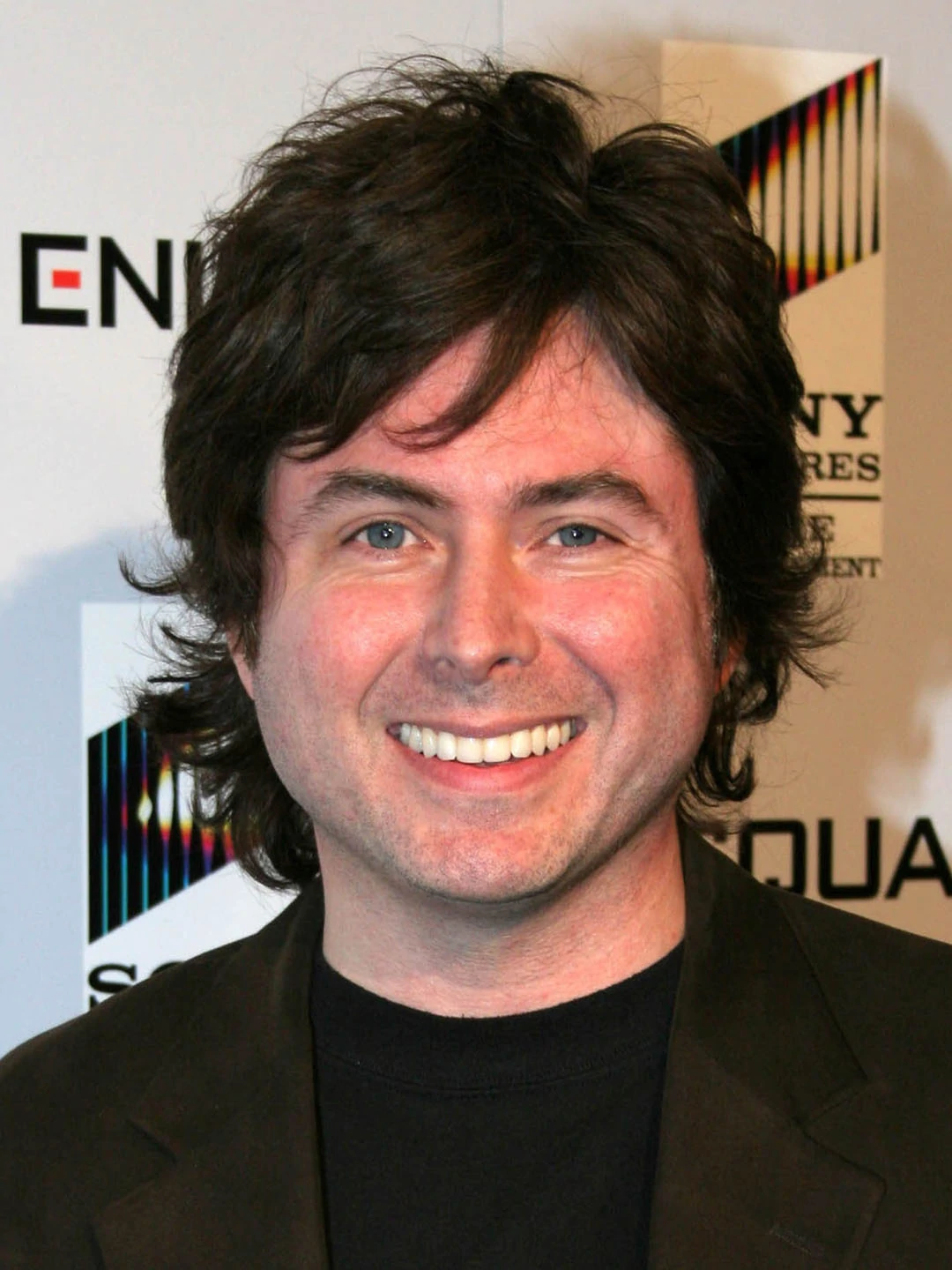
Quinton Flynn is a voice actor and comedian from the United States who has performed the English voices for video game protagonists such as Marcus Damon from the Digimon Data Squad, Raiden from the Metal Gear series and Lea and Axel from the Kingdom Hearts series.
J.D. Roth voicing Jonny Quest
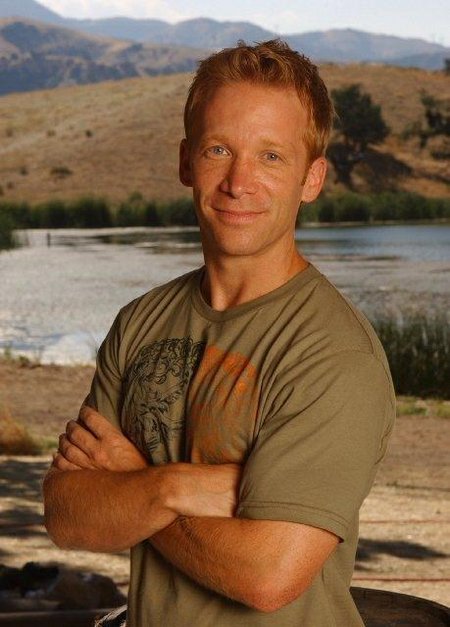
J.D. Roth, born James David Weinroth on April 20, 1968, is an American media personality, actor, kid’s game show presenter, voice-over performer on several television programs, and reality show producer. Roth is a co-creator of the NBC reality television show The Biggest Loser. He also presented ABC’s Opportunity Knocks in the fall of 2008. He was the announcer for the ABC television show Extreme Weight Loss.
John de Lancie voicing Dr. Benton C. Quest
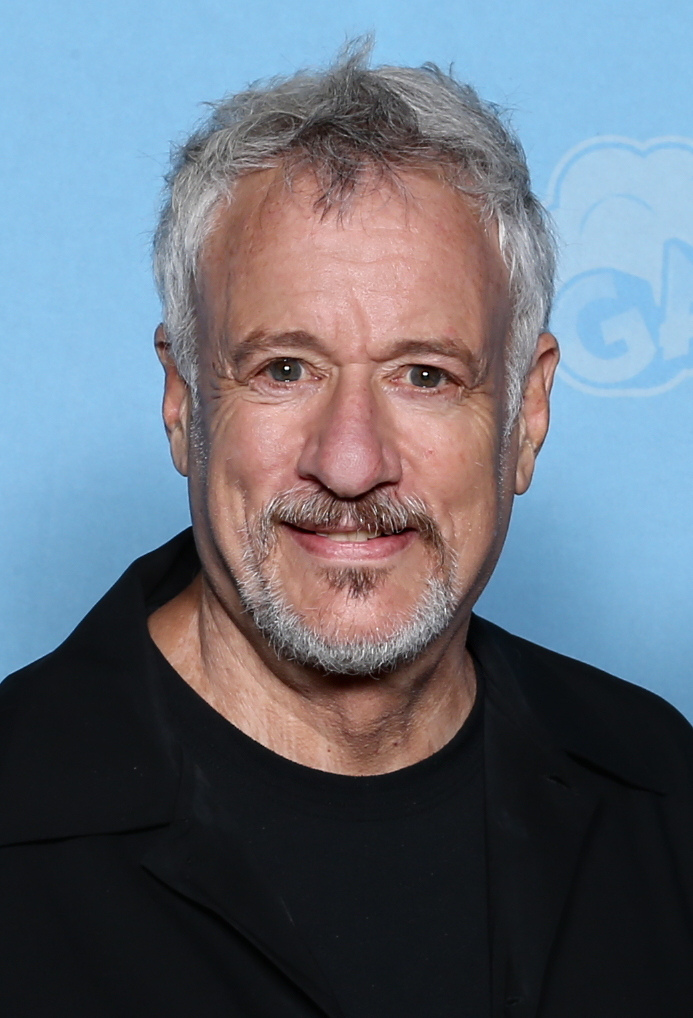
John Sherwood de Lancie, Jr., born on 20th March 1948, is an American director, actor, producer, author, educator, and comedian best recognized for his role as Q in numerous Star Trek series from 1987 to the present, starting with Star Trek: The Next Generation and ending with Star Trek: Picard’s second season in 2022.
George Segal voicing Dr. Benton C. Quest
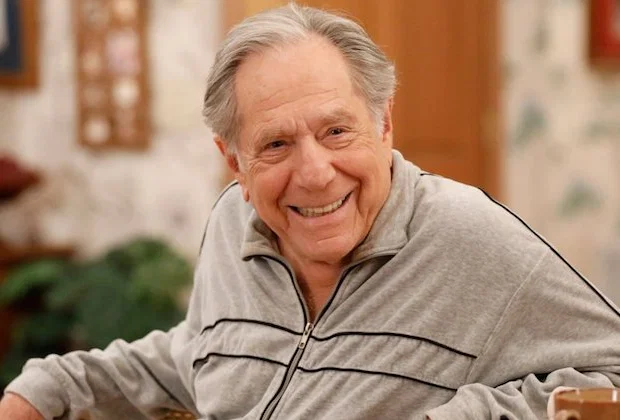
George Segal Jr. was a well-known American actor. He rose to prominence in the 60s and 70s for his ability to perform both tragic and humorous parts. He rose to fame after appearing in critically praised films such as Ship of Fools in 1965 and King Rat in 1965, and he co-starred in the legendary drama named Who’s Afraid of Virginia Woolf? in 1966.
Robert Foxworth voicing Roger T. Bannon or Race
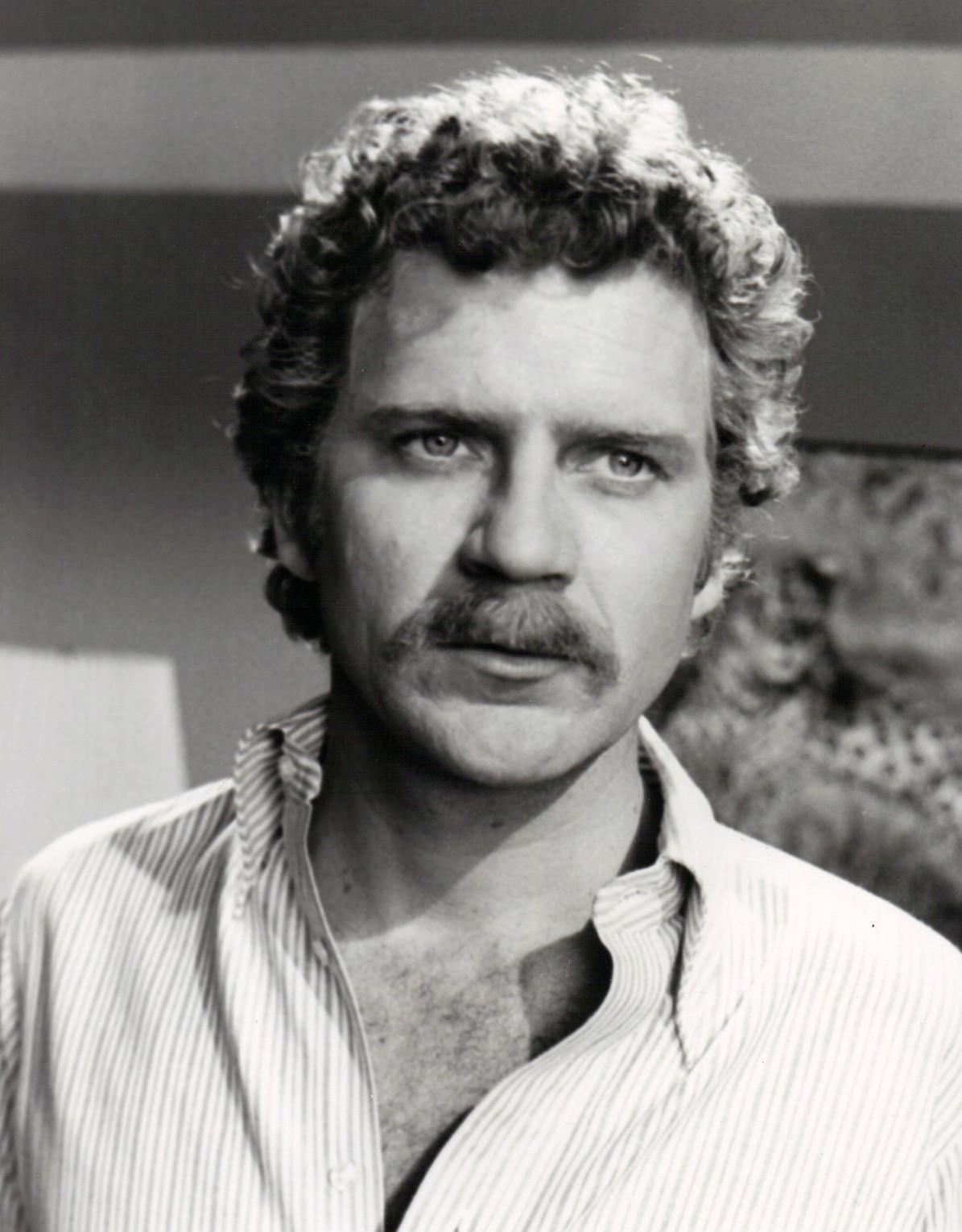
Robert Heath Foxworth, born on 1st November in 1941, is a film, theater, and television actor from the United States. Foxworth was raised in Texas in the city of Huston and is the son of writer Erna Beth, also known as Seamman and roofing contractor John Howard Foxworth. He graduated from Lamar High School and went on to obtain a Bachelor of Fine Arts in acting from Carnegie Mellon University.
Robert Patrick voicing Roger T. Bannon or Race
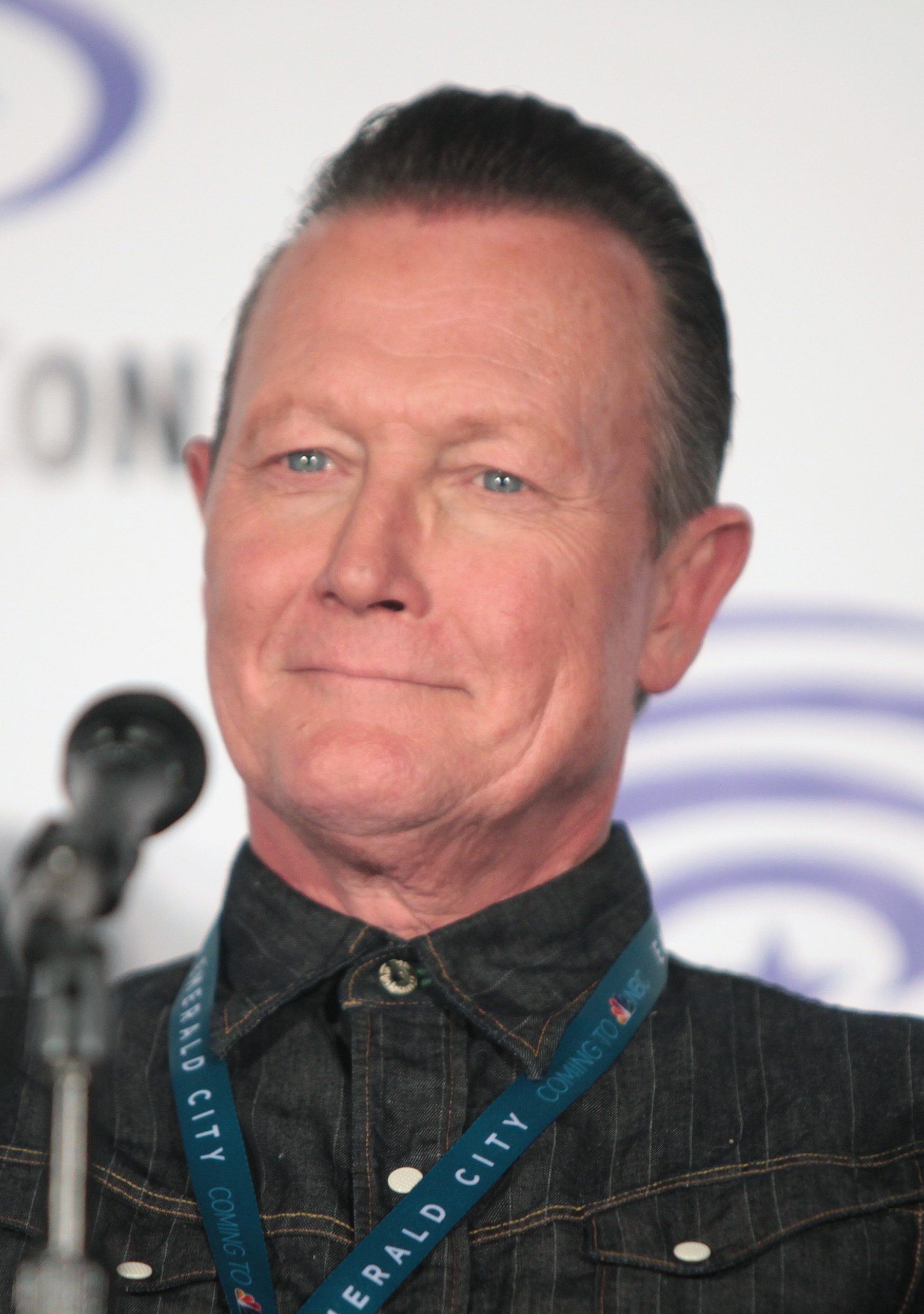
Mr. Robert Hammond Patrick is an American actor who was born on November 5, 1958. He is also a Saturn Award recipient with four additional nominations for his portrayal of villains and noble authoritative figures. Patrick withdrew from his university education when a theater class piqued his love for acting, and he began his career in movies in 1986. The Guardian described Patrick as a character actor, while AllMovie critic Tracie Cooper said that by the end of The X-Files in 2002, the legendary Patrick had established a “strong reputation inside the business.”
Granville Van Dusen voicing Roger T. Bannon or Race
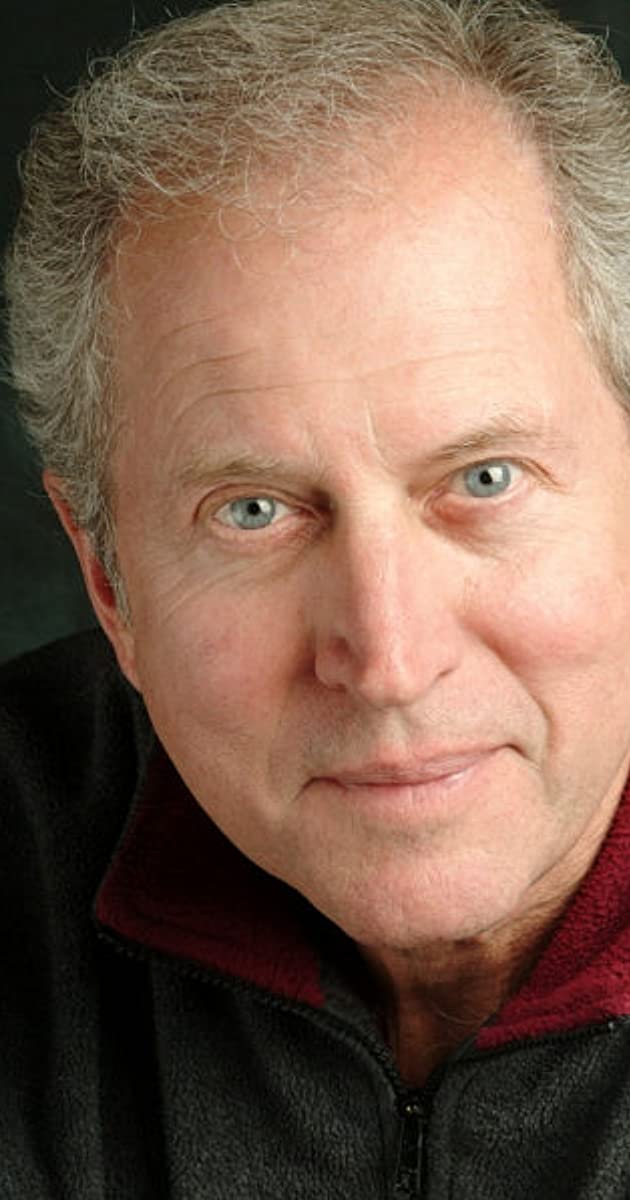
Granville Van Dusen, born March 16, 1944, in Grand Rapids, Minnesota, is an American stage, screen, and voice actor best known for his role as Race Bannon for the 1986 television show The New Adventures of Jonny Quest,.
Michael Benyaer voicing Hadji Singh
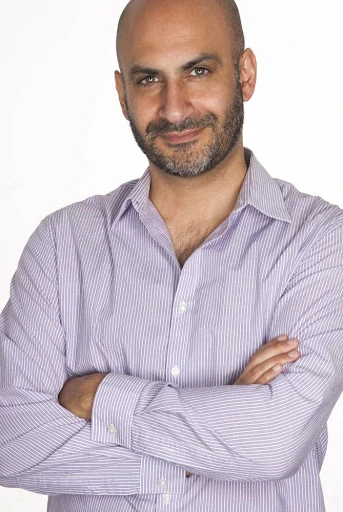
Michael Benyaer is an American-Canadian actor who was born on May 25, 1970. He is most recognized for his appearances as Bob inside the Canadian CGI program ReBoot and Hadji Singh in The Real Adventures of Jonny Quest’s first season. Benyaer said that portraying Hadji, He is one of the rare non-bad guy parts for an ethnic actor. How often have East Indian protagonists appeared on television? Hadji is really for the sensitive children among us. He represents the outcast in each of us.
Rob Paulsen voicing Hadji Singh
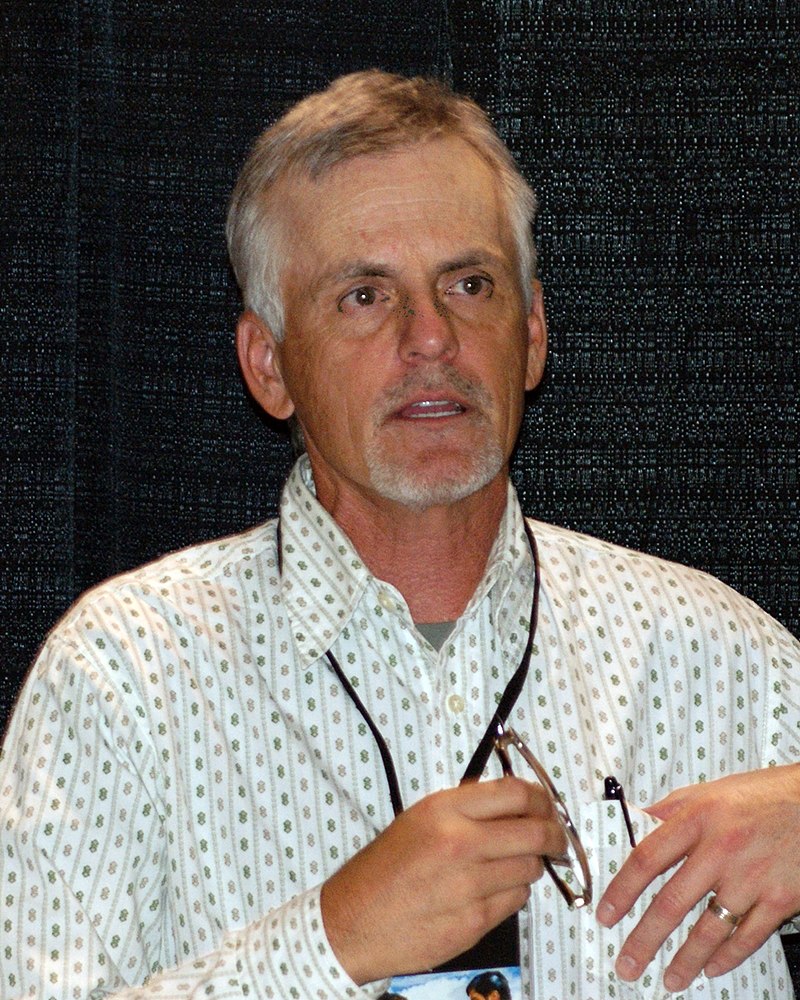
Rob Paulsen born on 11th March in 1956 is a voice actor from the United States. He is well recognized for his appearances in the animated series Teenage Mutant Ninja Turtles as Raphael in 1987 and Donatello in 2012. Paulsen has provided the voice for over 250 distinct cartoon characters and over 1,000 commercials. For his portrayal as Pinky, he is the recipient of a Daytime Emmy Award for his Outstanding Performer in an Animated Program as well as three Annie Awards.
Interesting Facts About the Cartoon
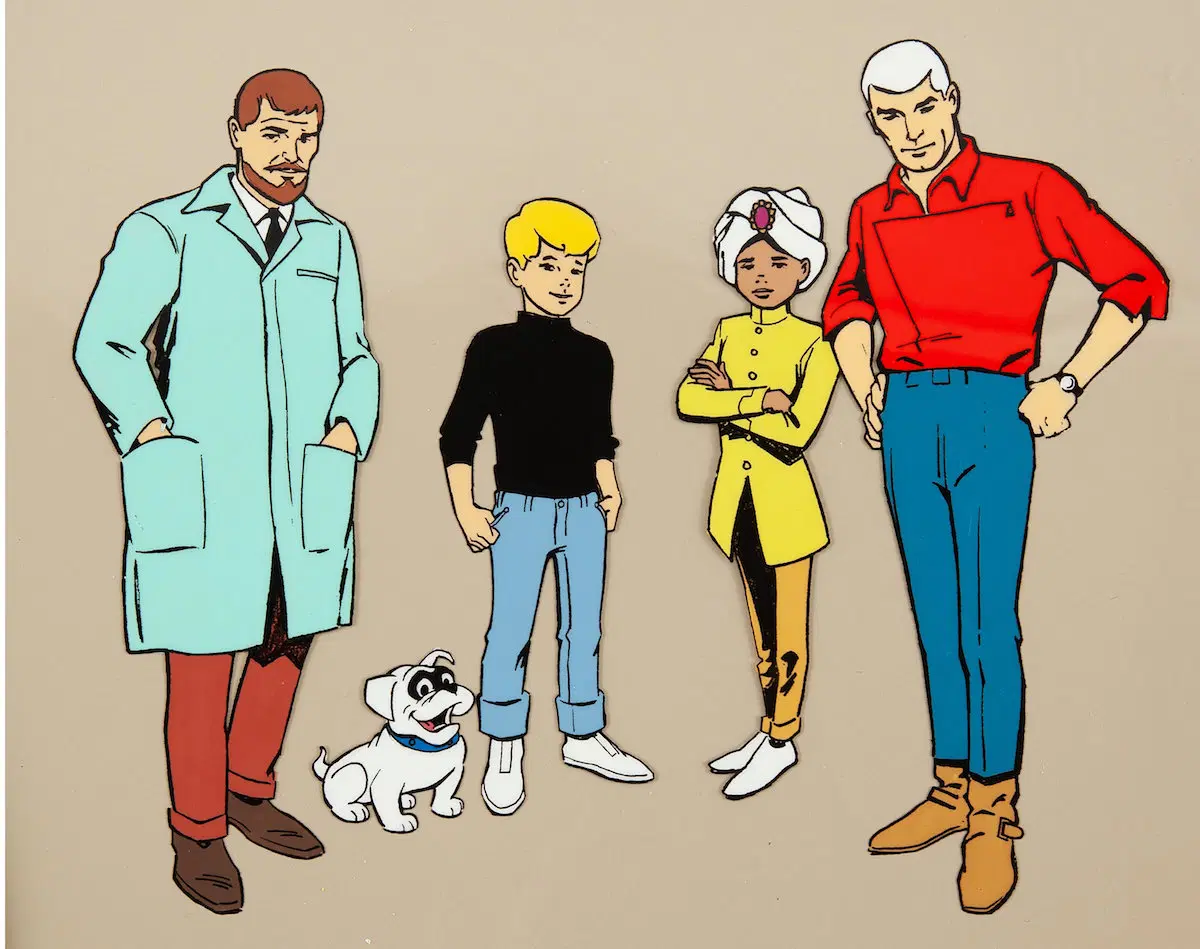
During the 50s and early 60s, radio serials, dramatic stories presented over the airwaves, TV serials such as The Lone Ranger, and graphic novels were popular. In the early 1960s, Hanna-Barbera Productions was producing animation entertainment for children, but it was all of a specific sort; the company’s roster of shows up to 1963 was constructed around characters such as Huckleberry Hound, Top Cat, the Flintstones, Yogi Bear, Quick Draw McGraw and the Jetsons. The firm recognized adventure and action as a theme that had yet to be explored in animated form; it would necessitate the creation of a completely new series from every one of their prior works.
Doug Wildey, a comic book artist, was originally recruited to develop a cartoon based on the 1930s radio play Jack Armstrong, The Adventure Boy, but because they couldn’t legally secure the rights to this hero, Wildey had to change his mind and come up with something more creative.
All of this culminated in the development of one of the more inventive cartoons in history. Jonny Quest broke absolutely new territory in terms of how different it was from prior cartoons. Prior to this episode, animation was rather simplistic and far removed from reality. Jonny Quest’s depiction of bright backdrops and astonishing details of the flying machines, crazy characters, gadgets, and cars, on the other hand, made viewers reconsider how cartoons could be.
The images were truly quite realistic, something no other animation had done before. The antagonists were darker and creepier than anything spectators had ever seen before, which drew the attention of both children and adults. During a time when graphics had not evolved very far, creators could sketch any insane thing they hoped would happen in a cartoon.
Jonny Quest ran for only one season with 26 episodes, despite becoming a notable TV and animation milestone today. The show’s production costs forced Hanna-Barbera to terminate it. Even the business that killed it learnt from it, as proven by the subsequent action and adventure cartoons.
To say this animation is pioneering is an understatement of the highest kind. The animation aired on ABC during the 1964 to 1965 tv season during prime time. The realistic approach and precise animation set it apart from the rest of Hanna-Barbera’s animation and pretty much every other cartoon created up until that moment. The show was a homage to early action serials and films, but unlike those, there were no boundaries to the bizarre. This enabled the program to depict a plethora of fantastic-looking monsters, cars, and technologies, many of which are still recognized to this day.
